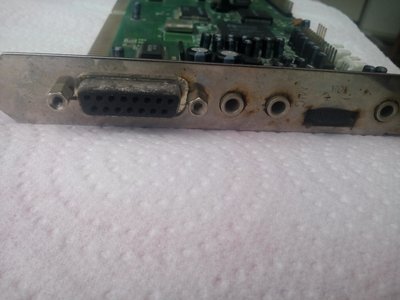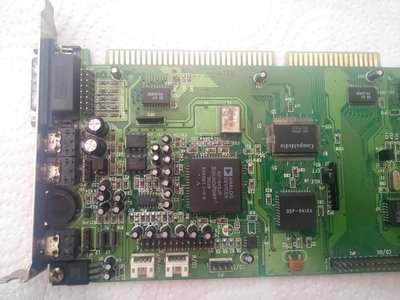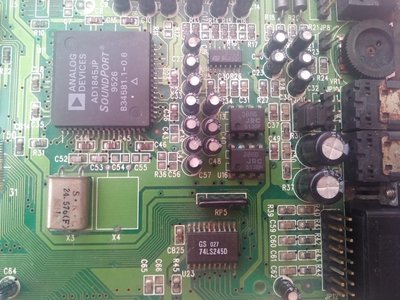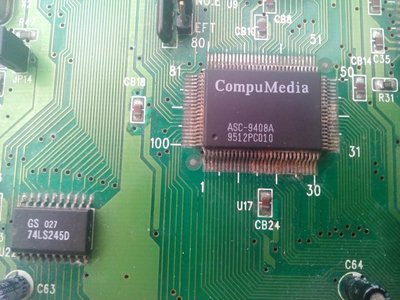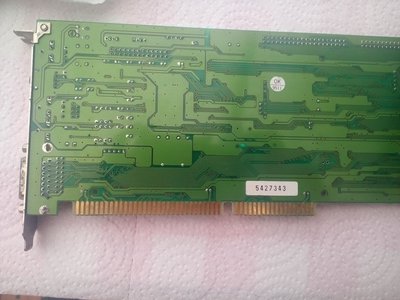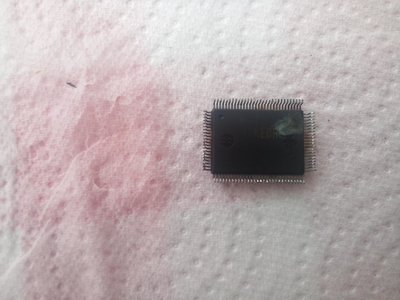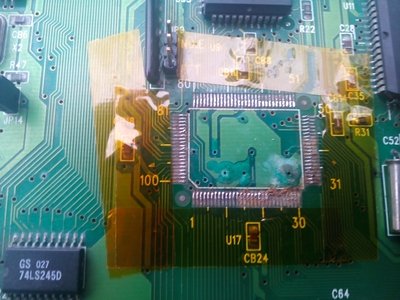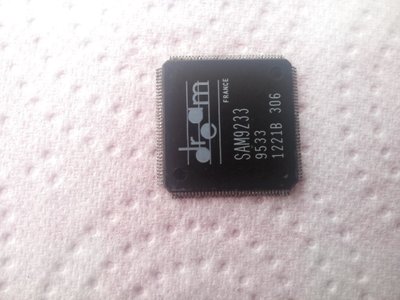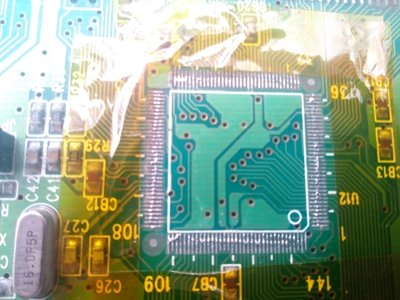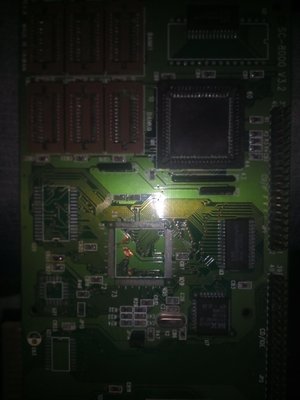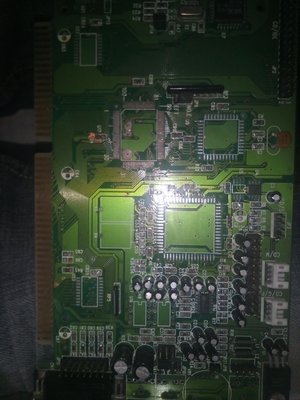First post, by Deksor
- Rank
- l33t
After seeing that topic very recently Amstrad Adlib Clone: Restoration and Testing and how good it looked at the end, I decided to start the repairing process of that sound card that I've bought a few month ago
As you can see this chip is looking terrible ...
And there, you can see that there is a little bit of corrosion on the back of the card which is located right under that chip ...
The whole card has a bit corrosion almost everywhere and since it's quite long, it will probably take quite some time to clean completely and repair. I didn't dare to try it as it will almost certainly fry it or fry the motherboard I'll put it in.
Now, since I do own a hot air station, I should be able to remove it and look what's happening under it ^^
Due to attachments limits the next photos will be in an other post
Trying to identify old hardware ? Visit The retro web - Project's thread The Retro Web project - a stason.org/TH99 alternative
